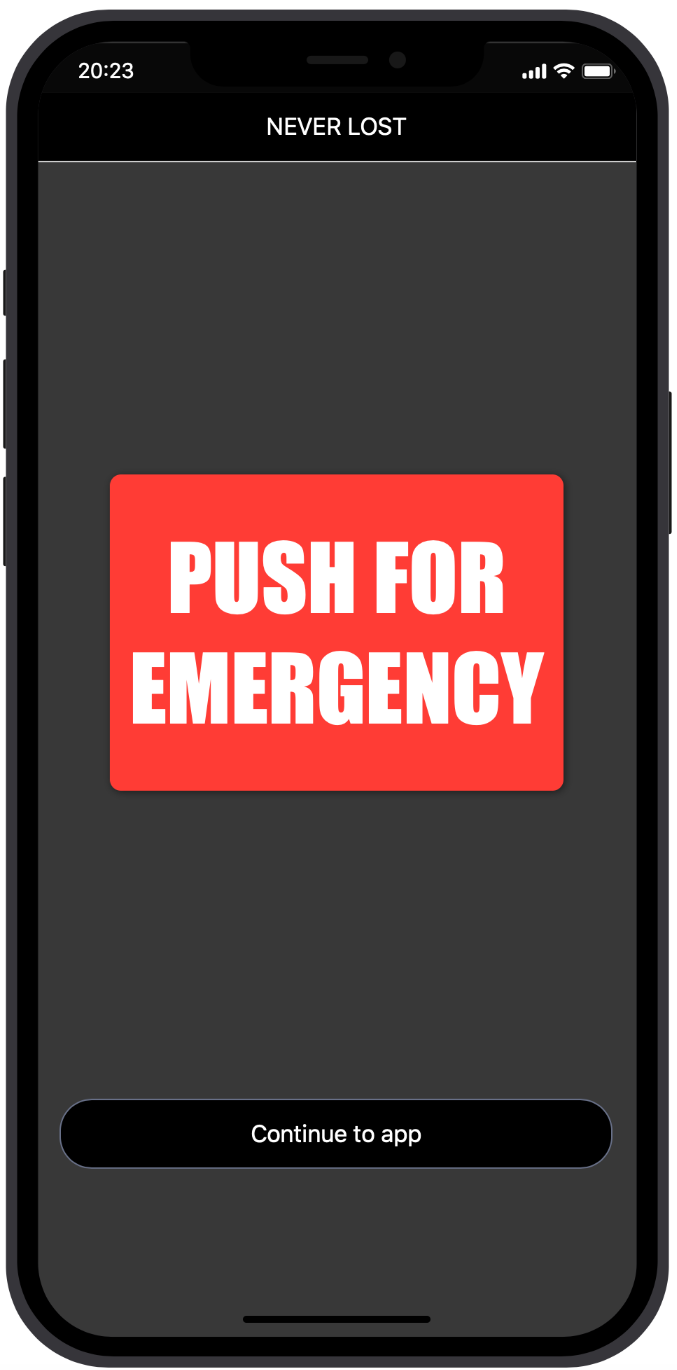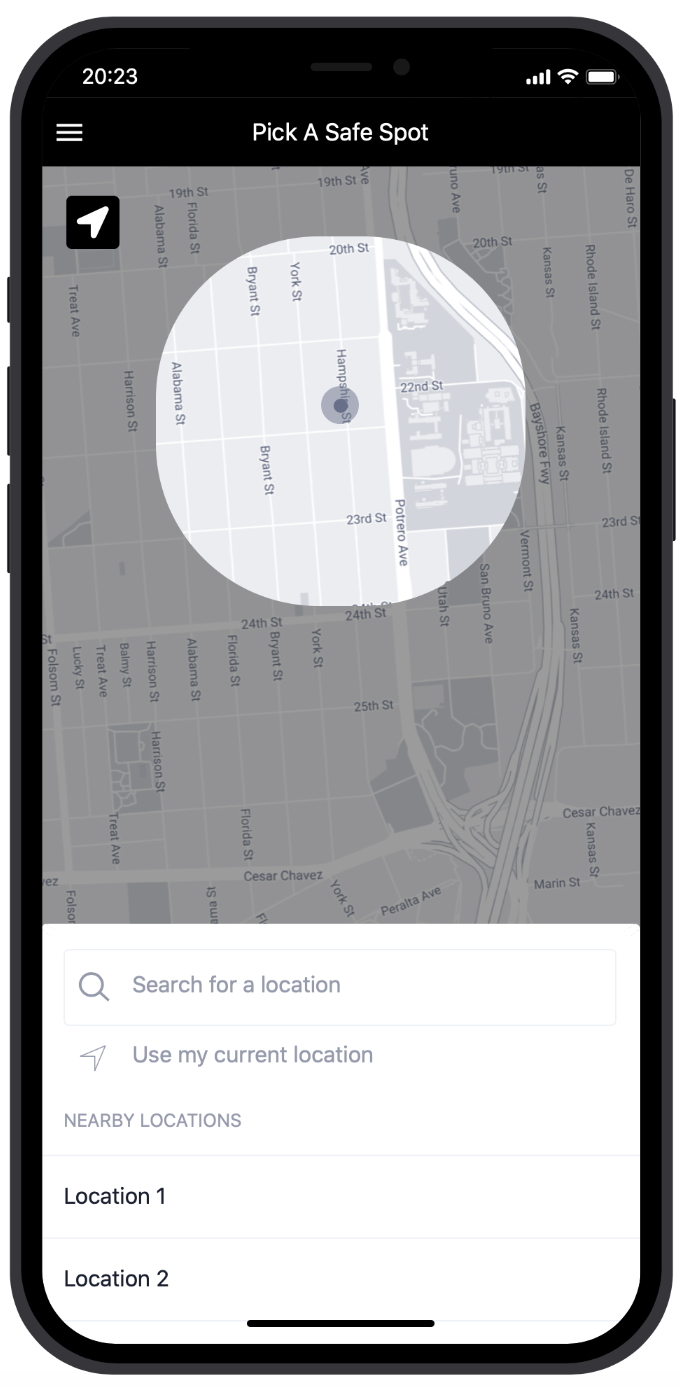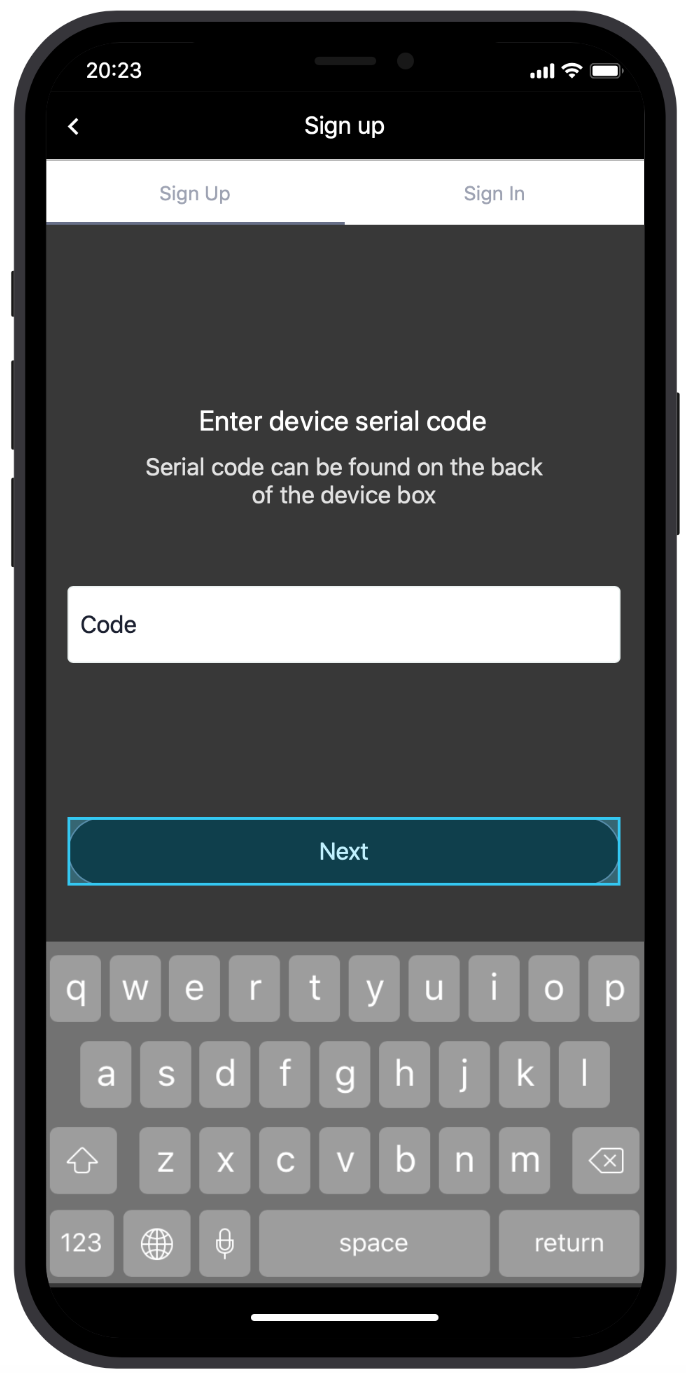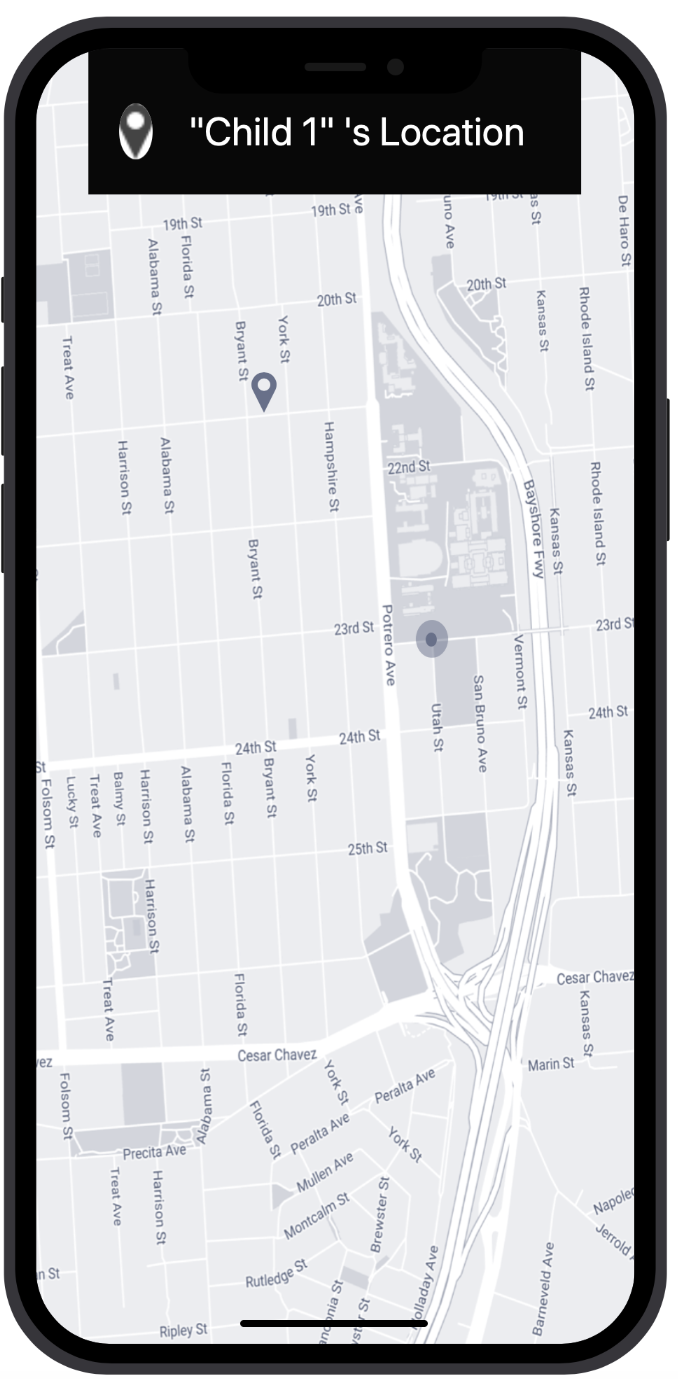Social Impacts The Telephone and the Cell Phone Has Had on Society – Victor Epand
Rabbit ears, radio antennas and car antennas were among my early experiences of visible antennas. With the transfer to Direct TV each customer had their own external antenna in vicinity to their household. They later consolidated and operate from less visible antennas; hidden in plain sight. I understand the larger the antenna the more it emits radiation upon the environment. With the transition to digital antennas there seemed to be a push for customers to no longer receive signals for free. Some television channels chose to broadcast their signal with weak reception, even if you are within the radius of the broadcast location. Like someone in the Starbucks thread wrote, “seems like a conflict of interest”. If you simply offer anything for free, why would people pay for it.
WiFi-Hop: From Reaction to Realization – Brucker Cohen
Recently, within the last few years, I remember Sennheiser and many other wireless radio transmission companies would be losing a few frequency spectrums. We were told to trade in our expensive bought devices that would no longer work because the telephone companies were to buy up specific frequency blocks, leaving us with less frequency spectrums to work with on location. As T-Mobile and Verizon are in a war to buy up all of the spectrums, free space for the public is getting denser and varies by state. What was once public is no longer in our domain. In some countries, usage of certain devices are illegal and results in fines.
I love the idea of free WiFi nodes like LinkNYC. I also feel there should be a free option of internet that is accessible to the public. It doesn’t necessarily have to be wireless. Maybe this free variant can come installed in the home. Of course they’ll be mishaps like low speeds; but maybe not. The internet should be just as accessible as everyone’s ability to dial 911; the one number you can dial without paying your telephone/cellular bill.
Your WiFi project reminds me of what Locast is doing. Redistributing weak signals over the internet as a nonprofit organization so people can continue to get free television reception.
Slashdot, “Starbucks Clashes With WiFi Hobbyists Over Airwaves”
This thread reminds me of drones limitations to fly without licenses in certain areas; in which I absolutely understand. It reminds me of net neutrality and a push for regulation of the internet (which I am against). Any small tech company/website wouldn’t be able to rise in the same way Netflix, Facebook, Twitter, or Amazon did. Individuals with more money would be able to pay to host more traffic to their sites. I agree with spectator, Tokerat which states, “why doesn’t Starbucks limit their wi-fi Reach to inside their shop”. Spectator Jetson also writes about the desire to, “turn users into customers”.
In recap, I don’t think the general public cares about the space converting from public to private unless they are one of the free users that had to eventually convert to paying for things that used to be free. I understand the need for necessities to be free, but I also understand that America is a capitalist nation. Majority of American’s don’t realize that television antenna technology and the Advanced Television Systems Committee, ATSC, has improved and you should generally be able to pick up High Definition channels for free. But many have already converted to paying.

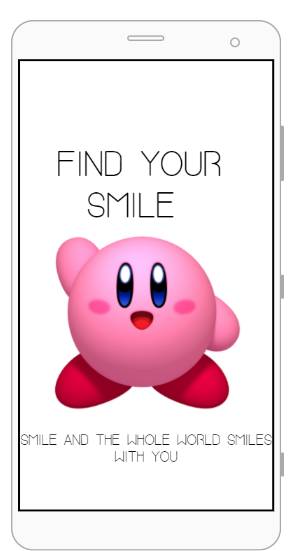

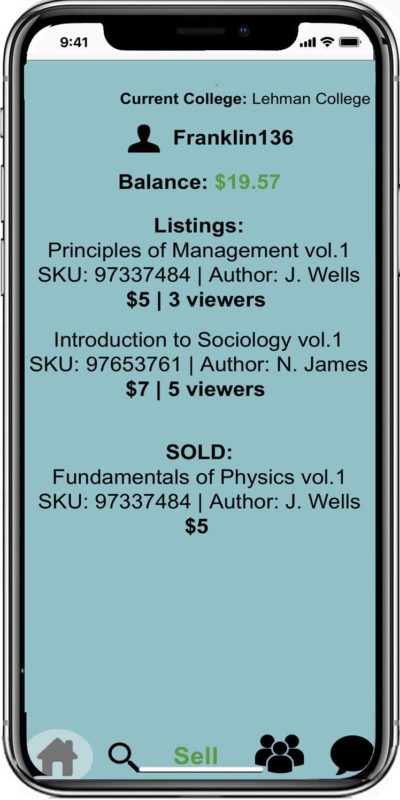
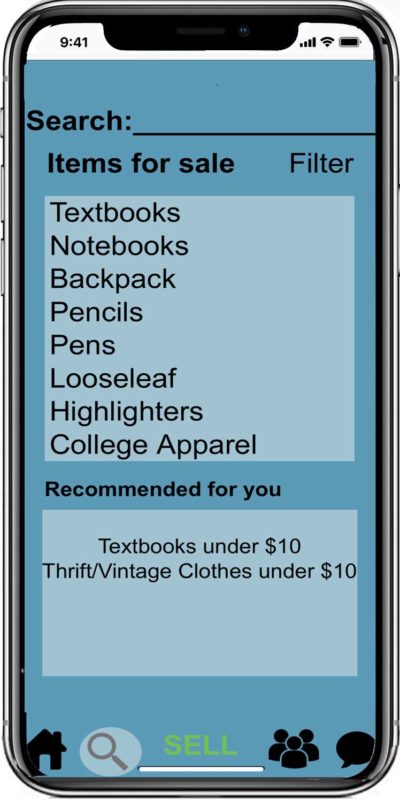
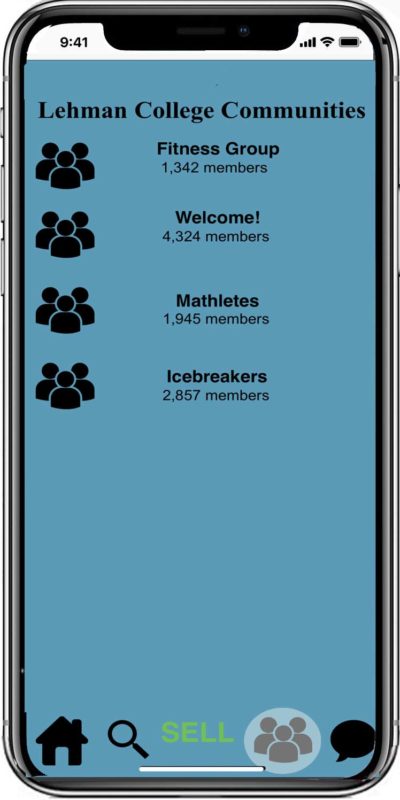
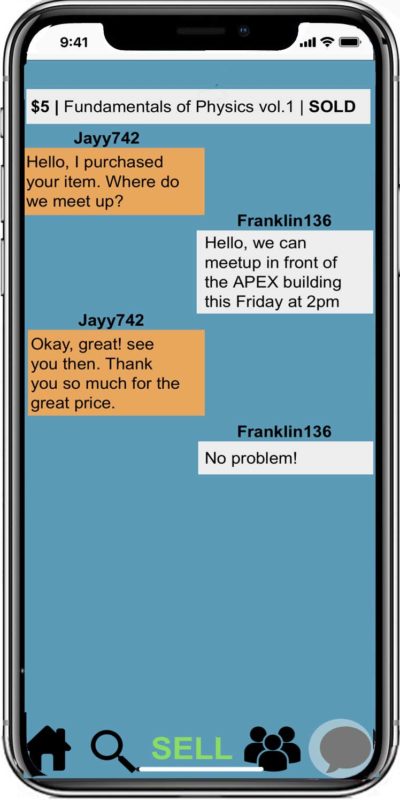
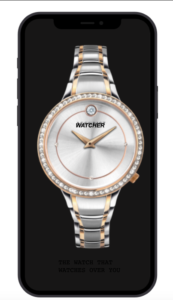 .
. 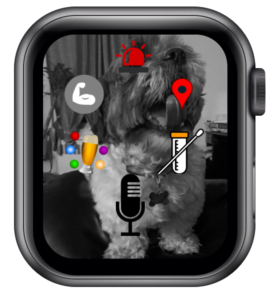

 Piggy-backing from the app idea that I had shared previously.
Piggy-backing from the app idea that I had shared previously.